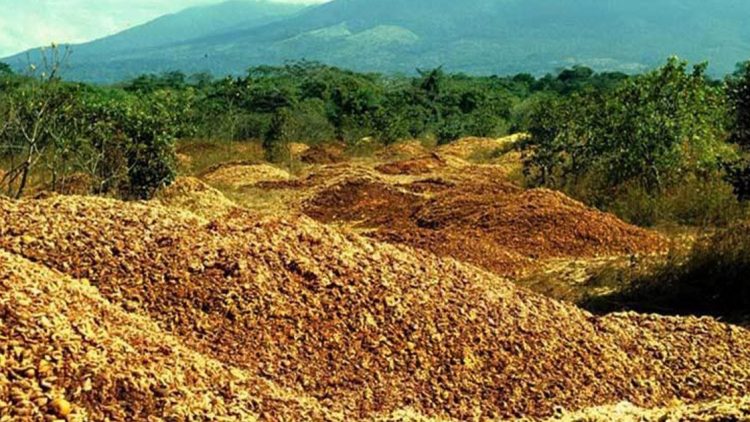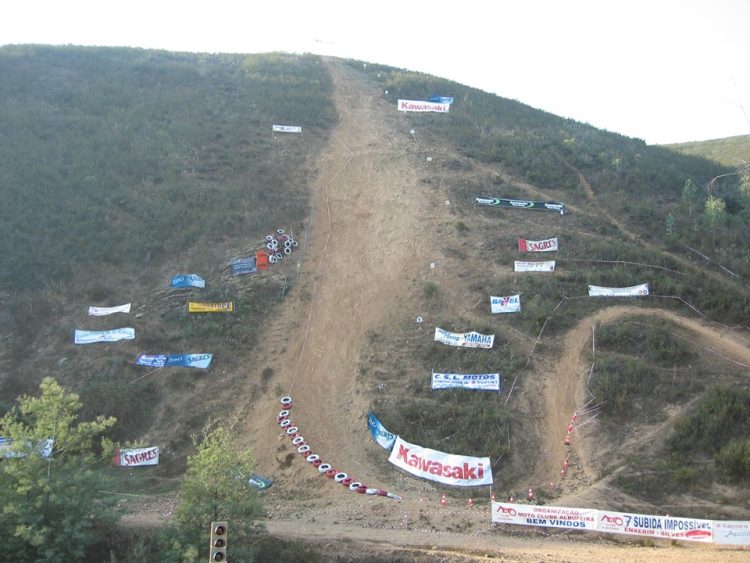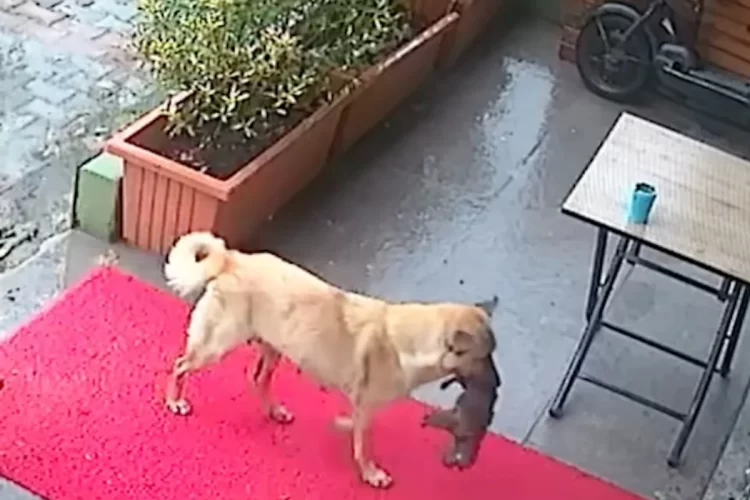20 years ago, a couple of ecologists fighting for the conservation of Costa Rica’s tropical ecosystems convinced a large orange juice producer to donate part of their forestland to a national park in exchange for the right to dispose of massive amounts of orange peels on a degraded plot of land within that same park. No one had any idea what an impact that would have.
In 1997, Daniel Janzen and Winnie Hallwachs, a husband and wife team of ecologists working with the Área de Conservación Guanacaste national park, in Costa Rica, came up with a plan to save a piece of unspoiled, completely forested land from a big fruit juice company, by offering something very attractive in return. If the company, Del Oro, agreed to donate part of its forested land to the Área de Conservación Guanacaste, they would be allowed to deposit massive amounts of waste in the form of orange peels on a 3-hectare piece of degraded land within the national park, at no cost. Disposing of tons of leftover pulp and peels usually involved burning them or paying to have them dumped at a landfill, so the proposal was very attractive.







